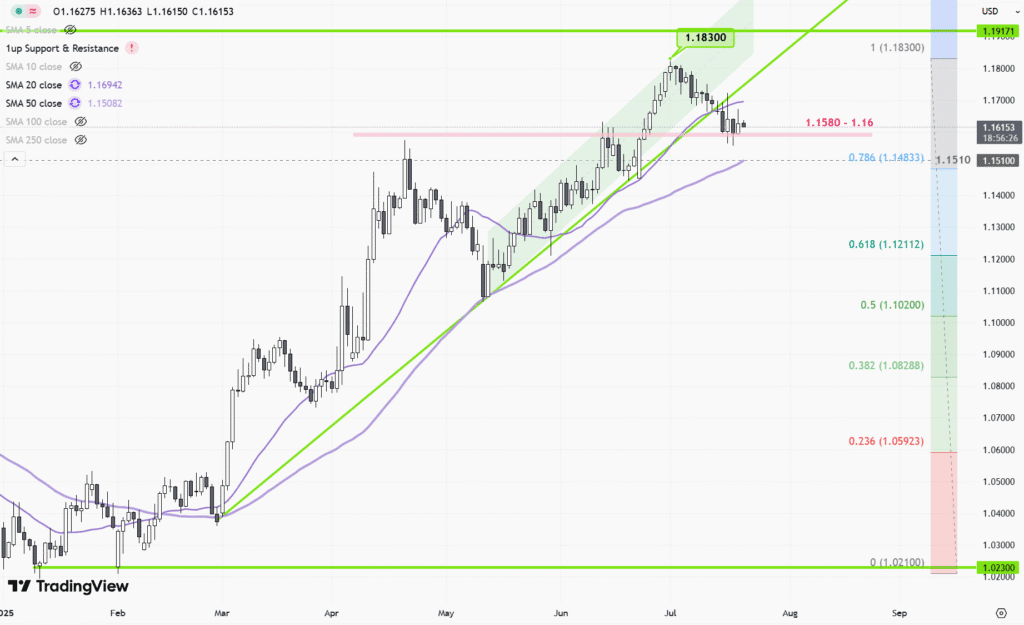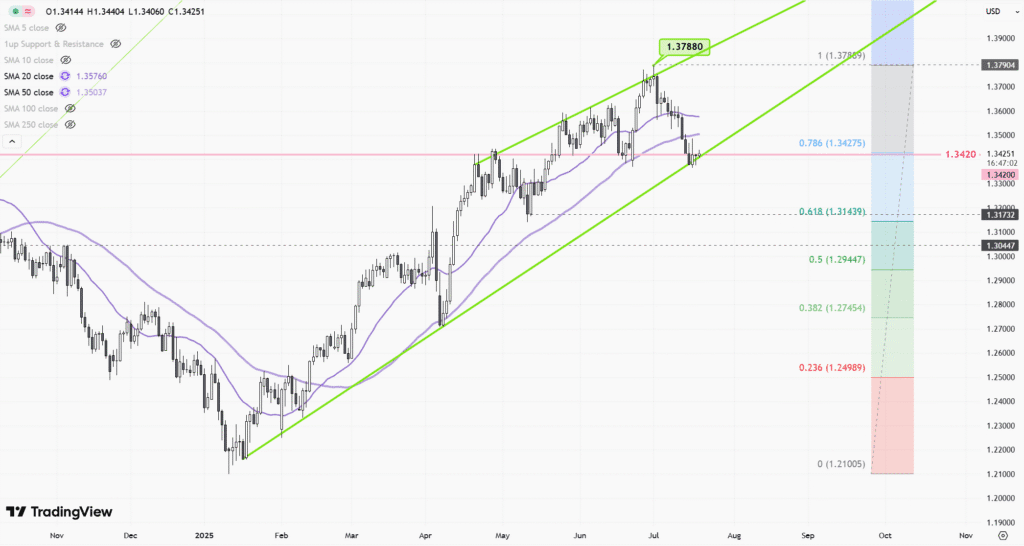 |
| Gold V.1.3.1 signal Telegram Channel (English) |

Tech Short Sellers vs. Big Tech: How AI Volatility Sparked Billions in Gains and Losses
2025-08-21 @ 16:02
Short Sellers Rack Up Billions Amid Tech Turbulence: A Deep Dive into the Latest Big Tech Bets
The world of short selling is relentlessly unpredictable—nowhere is that more evident than in the current landscape surrounding big tech stocks. As artificial intelligence (AI) optimism gives way to bouts of market fear and volatility, a new battleground has emerged between bold investors betting against the giants of the tech sector and those fueling their relentless rise. The past several months have seen dramatic swings, resulting in staggering gains and painful losses for those taking short positions on market leaders such as Tesla, Nvidia, Microsoft, and Super Micro Computer.
The Changing Tide of Short Selling
If you’ve been following the markets in 2025, you’ll know that betting against tech has not been as straightforward as it once was. Recent analysis shows that short selling—essentially wagering that a stock’s price will decline—has turned into a coin toss, with nearly half of short positions ending in losses. This is not just noise: from early April to late May, the market value of U.S. short positions collectively dropped by an astonishing $257 billion. Of that, bets against the so-called “Magnificent Seven” tech stocks accounted for a whopping $35.8 billion in losses.
The biggest pain points for short sellers? Tesla and Nvidia. Tesla’s stock has soared by over 50% since hitting its April low, handing short sellers an estimated $9 billion in losses. Nvidia, after attracting more short interest than any of the other giants, rallied 38% over the same period. This translated into an additional $9.6 billion in mark-to-market pain for those betting against the chipmaker. Even Microsoft, always regarded as an AI heavyweight, delivered over $5 billion in short seller losses thanks to its robust performance.
What’s Driving the Chaos?
Much of the volatility can be traced back to rapidly shifting investor sentiment surrounding AI and the broader tech sector. After a period of unprecedented AI enthusiasm, doubts have begun to creep in. Investors are questioning whether the soaring demand for chips and AI infrastructure can persist at the same fevered pace. Layoff data suggests that, while the tech sector is still recalibrating after last year’s workforce reductions, growth is uneven and certain subsectors face contraction.
Despite these headwinds, tech leaders remain hyper-focused on expanding their AI operations. For instance, companies like Apple and Amazon are intensifying efforts to design their own chips, threatening the dominance (and profit margins) of traditional hardware manufacturers. This competitive pressure further muddies the outlook for short sellers: while some chipmakers continue to soar, others face strong headwinds as innovation cycles accelerate.
Super Micro Computer: A Surprising Bear Target
One of the more noteworthy developments has been the surge in short interest targeting Super Micro Computer (SMCI). According to recent data, over 20% of SMCI’s float is currently sold short, making it the most popular tech short among large caps. For comparison, Microchip Technology sees just over 6% of its stock sold short, and most other major tech names below 5%. This concentration signals a strong consensus among certain investors that SMCI’s sky-high valuation might not stand the test of time, especially as market competition heats up and hardware demand normalizes.
The Case for Continued Skepticism
While some short sellers have been bloodied by the recent tech rebound, others remain convinced that the sector is still rife with overvalued names vulnerable to sharp corrections. Critical voices highlight companies like Palantir, which, despite its sudden run-up and cult-like following among retail investors, trades at eye-popping multiples far above fundamental value. Bears also point out Tesla’s continued volatility, noting fundamental concerns that could unravel its recent gains if execution stumbles or broader EV demand falters.
The skepticism isn’t limited to established giants. A growing segment of small-cap technology companies that rode the AI wave last year now find themselves under pressure. As reality catches up with hype, short sellers are zeroing in on firms with shaky fundamentals and inflated valuations, betting that the market will eventually recalibrate.
Navigating a Volatile Market
For investors and financial observers, the ongoing tug of war between short sellers and tech bulls highlights the critical importance of timing, research, and risk management. The same AI narrative that catapulted many stocks to record highs can reverse on a dime, as doubts emerge about future growth, profitability, or competitive dynamics.
If you’re considering your own positions in big tech, keep in mind that volatility cuts both ways. Dramatic recoveries can quickly erase short-term losses for those who bet against the market, but sharp rallies have the power to inflict massive pain on unhedged short trades. Ultimately, the best approach in this environment is a cautious, analytical perspective—balancing optimism about tech innovation with sober realism about valuations and market cycles.
Whether you’re a seasoned short seller, a tech bull, or an avid market watcher, the evolving story of AI, big tech, and short selling promises to remain one of the most compelling in the world of finance throughout the year.








